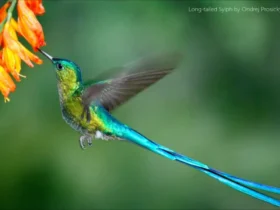In the lush and vibrant landscapes of the northern tropics, a sparkling gem takes flight—the Blue-Throated Hummingbird (Lampornis clemenciae). Renowned for its striking iridescent colors and distinctive blue throat, this hummingbird species holds a special place in the hearts of birdwatchers and nature enthusiasts. With its remarkable appearance and captivating behaviors, the Blue-Throated Hummingbird stands as a symbol of the dazzling biodiversity found in the world’s tropical regions. In this article, we embark on a journey into the enchanting world of the Blue-Throated Hummingbird, exploring its appearance, behaviors, and significance in the ecosystems it inhabits.
Blue-Throated Hummingbird images
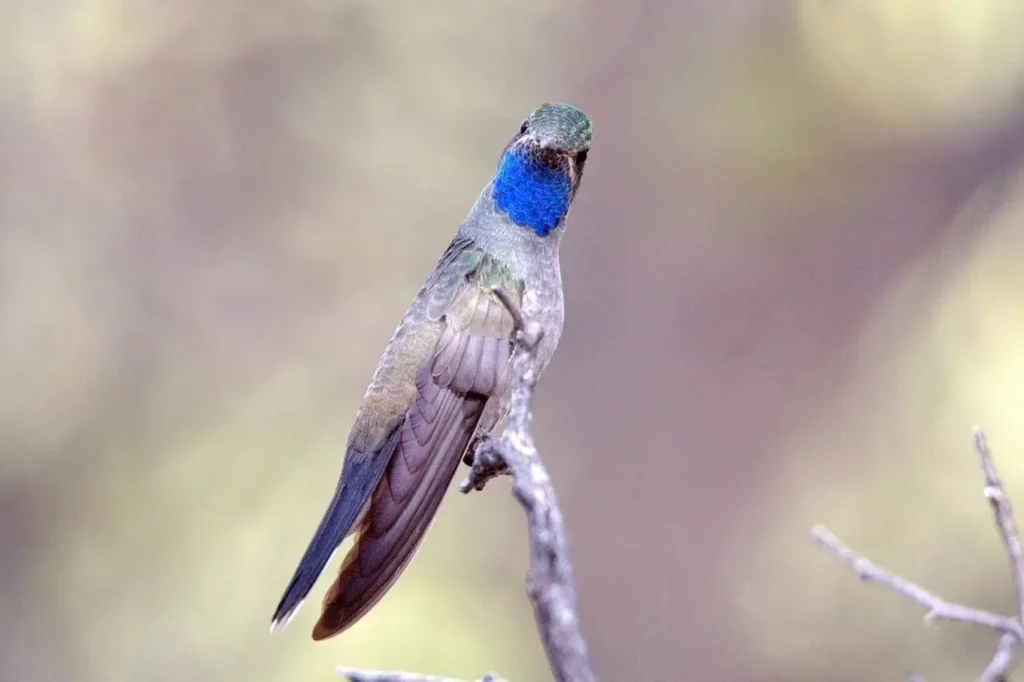

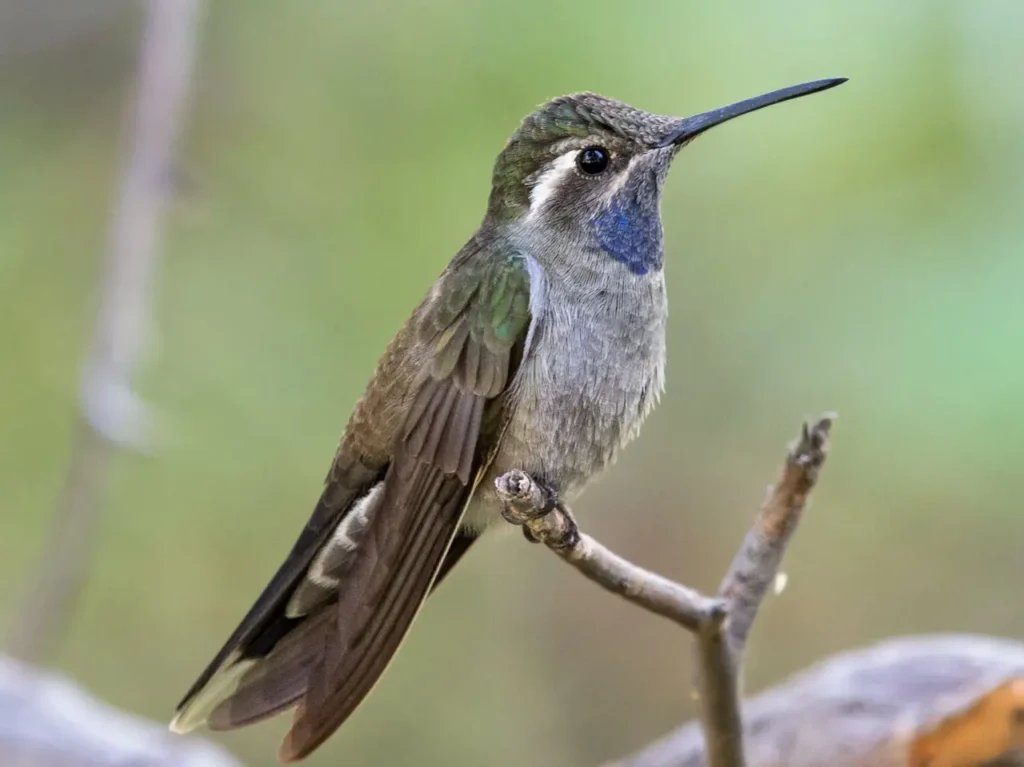
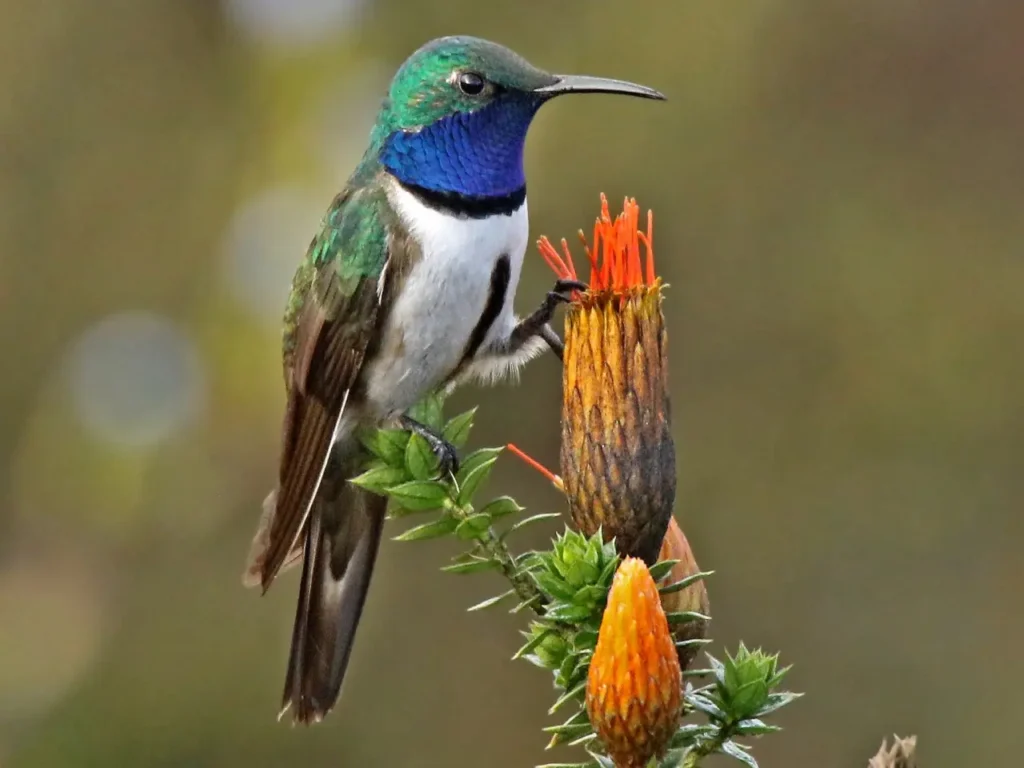
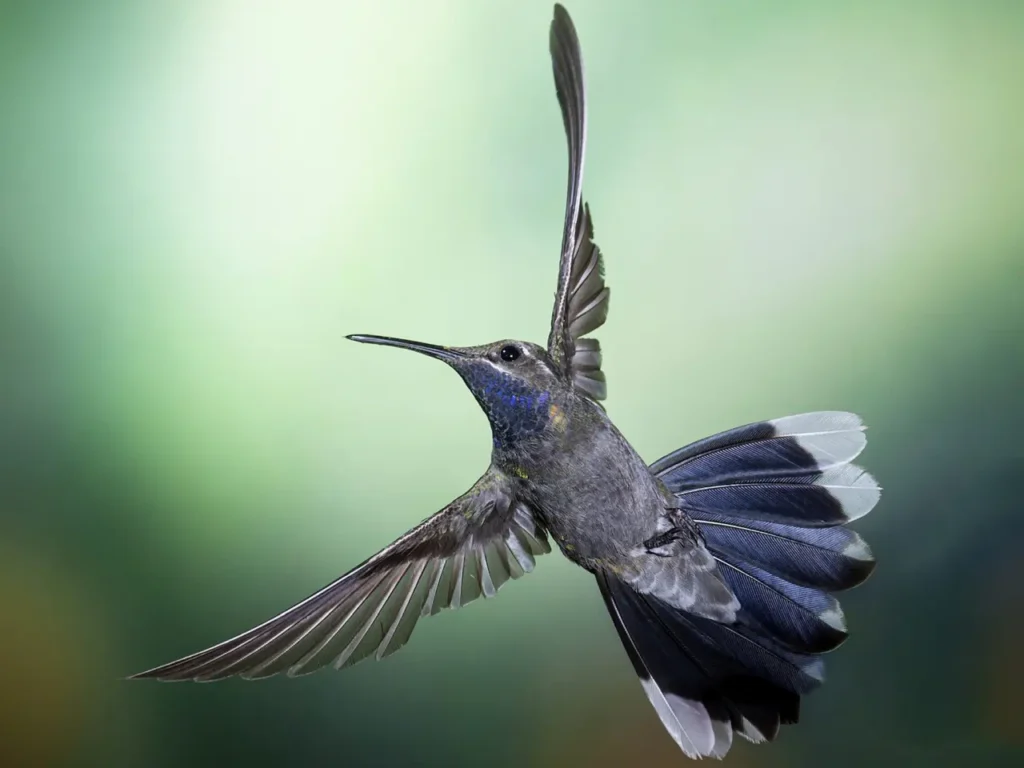
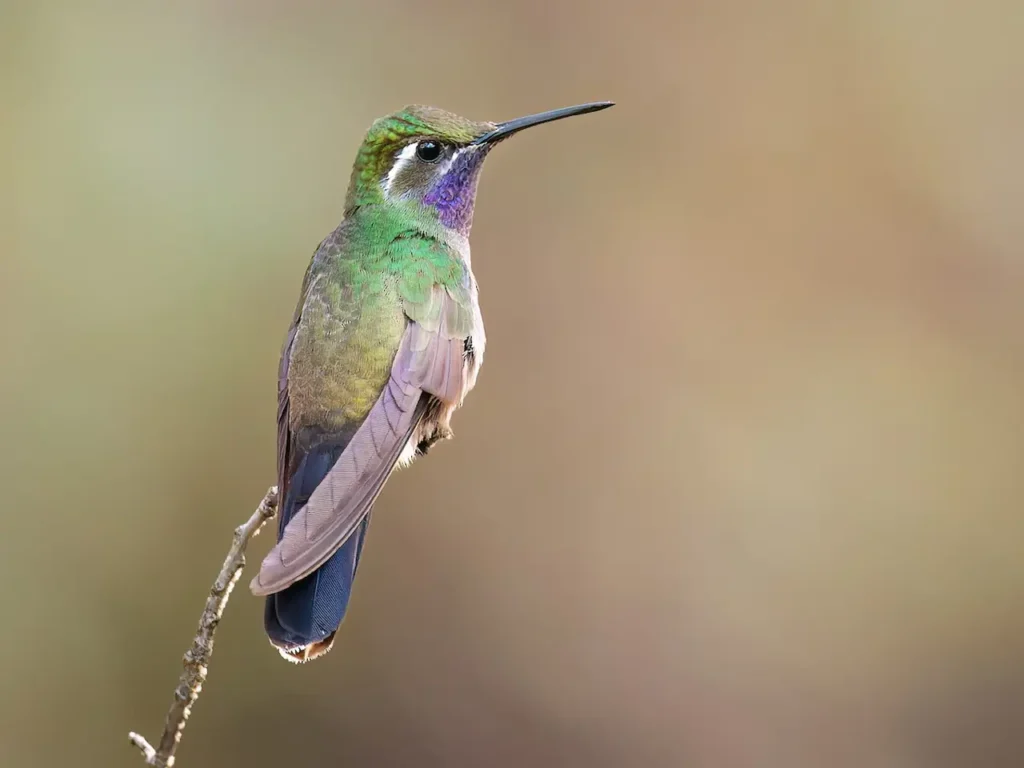
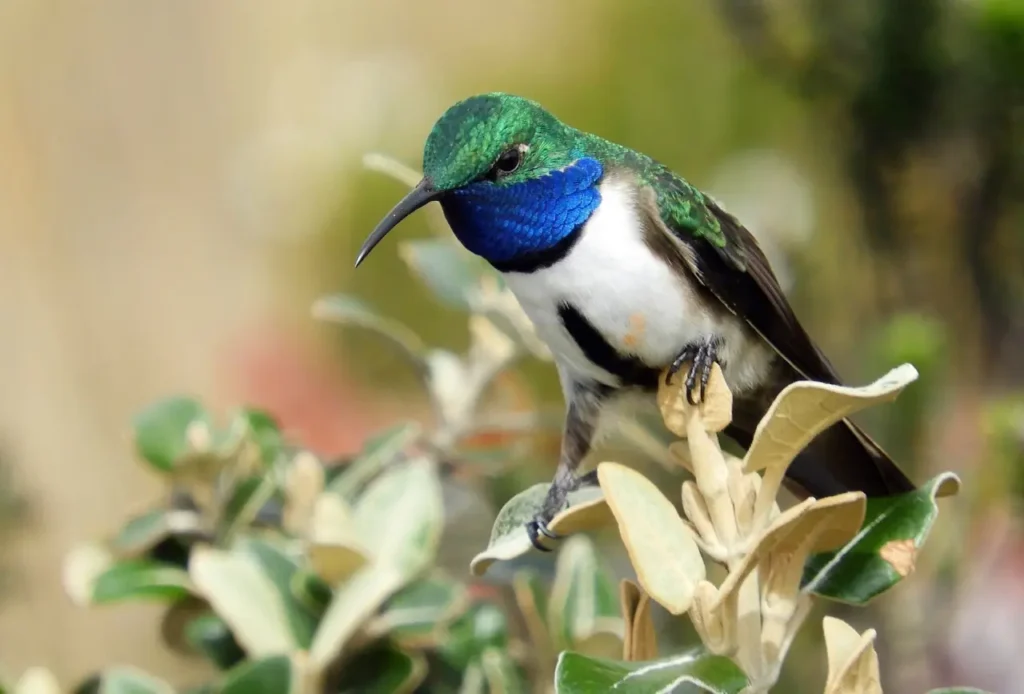
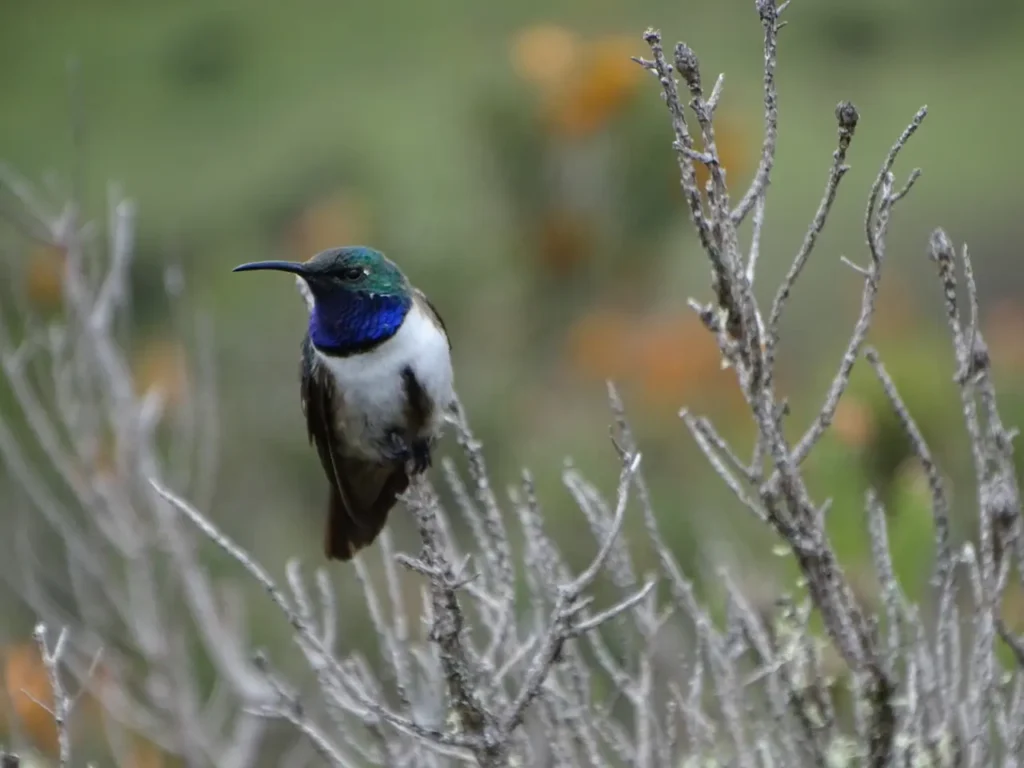
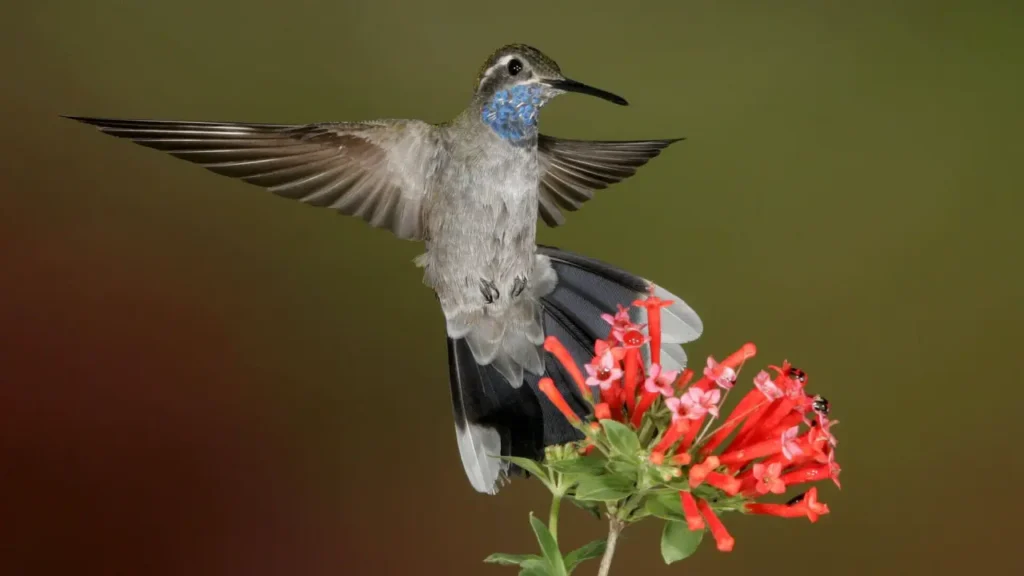
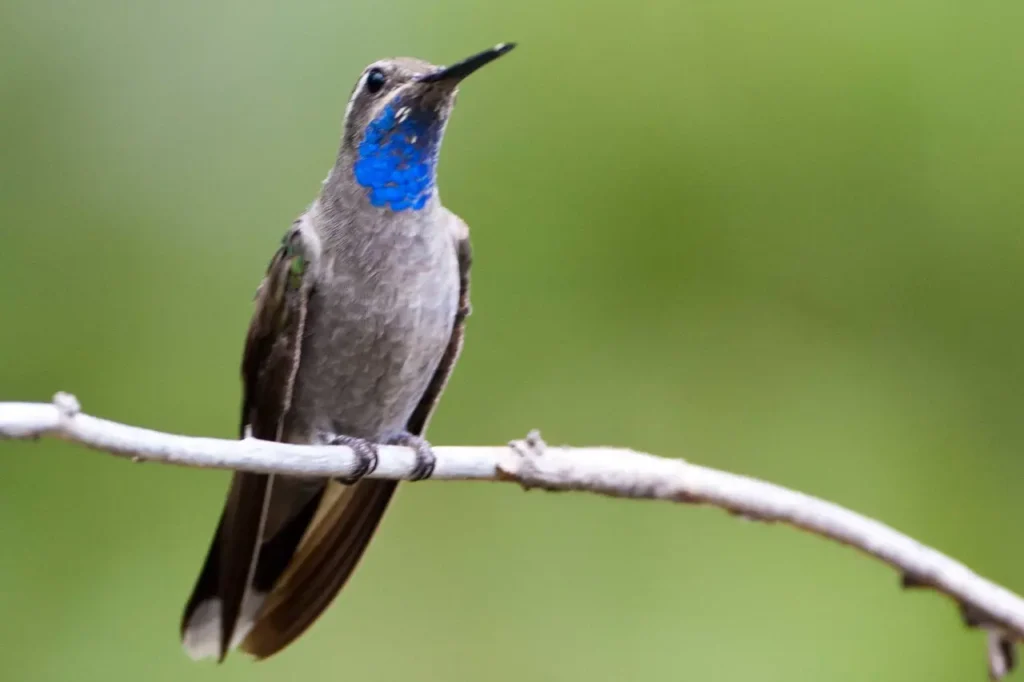
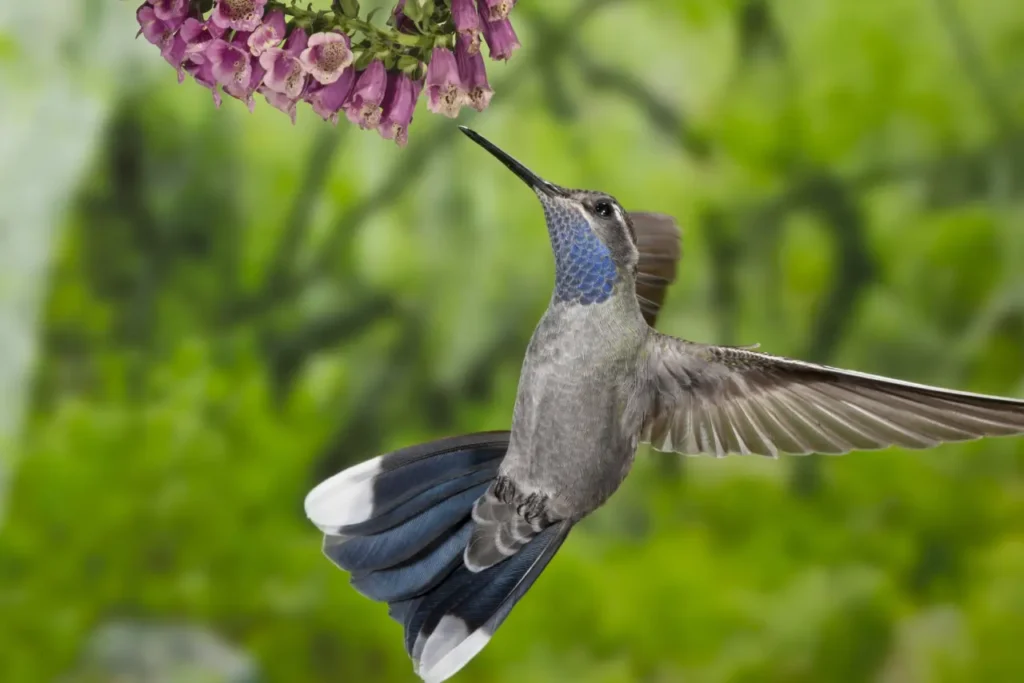
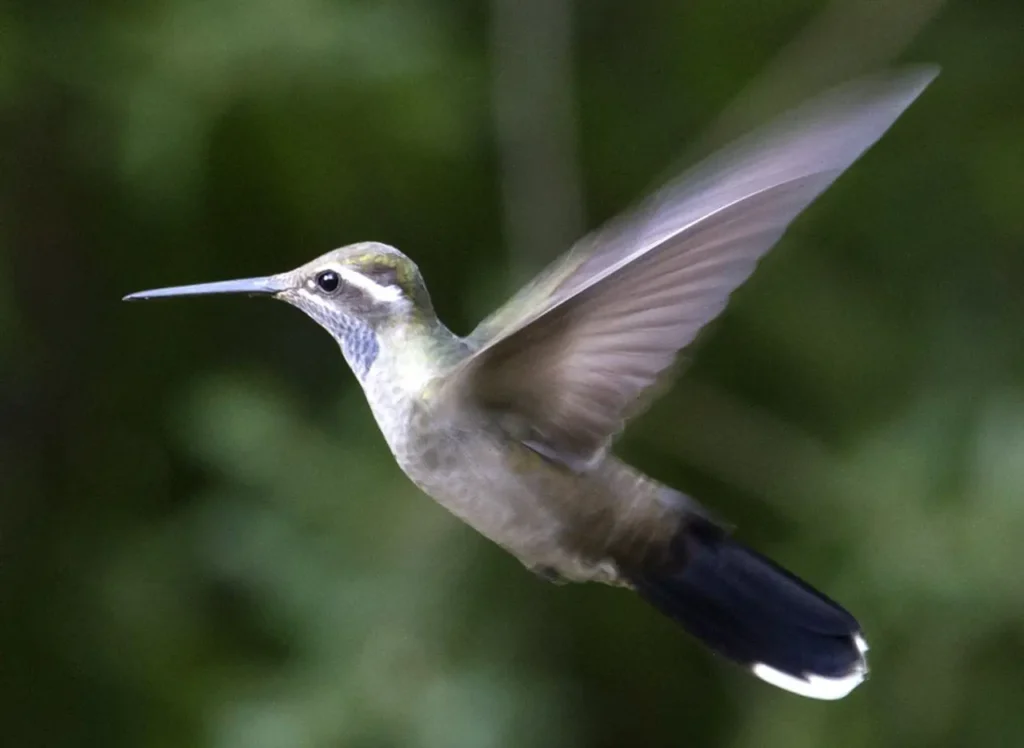
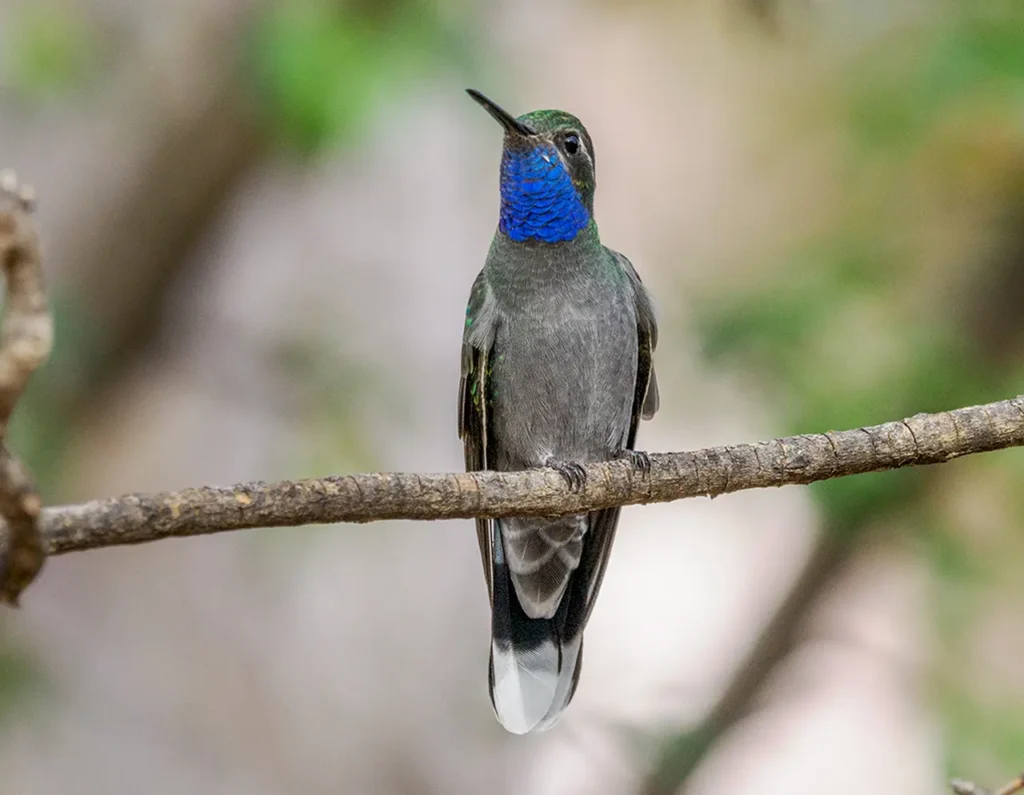
Appearance and Characteristics
The Blue-Throated Hummingbird is a medium-sized hummingbird species, measuring approximately 11 to 13 centimeters (4.3 to 5.1 inches) in length. It boasts a stunning combination of iridescent colors that shimmer and change depending on the angle of light. The upperparts of the bird, including the back and wings, display shades of deep green and metallic bronze.
However, the most distinctive feature that sets the Blue-Throated Hummingbird apart is its vibrant blue throat, which gives the bird its name. The blue throat contrasts vividly with the green and bronze plumage, creating a mesmerizing visual effect that captivates observers.
Habitat and Range
The Blue-Throated Hummingbird is native to the northern tropics of Central America, including parts of Mexico and Honduras. It inhabits a range of diverse habitats, including montane forests, cloud forests, and pine-oak woodlands at varying elevations, often ranging from 600 to 3,000 meters (2,000 to 9,800 feet) above sea level.
Behaviors and Feeding Habits
Like all hummingbirds, the Blue-Throated Hummingbird is known for its remarkable flight abilities, including hovering in mid-air and flying backward. Its wings beat rapidly, creating a humming sound that is characteristic of the hummingbird family.
The primary diet of the Blue-Throated Hummingbird consists of nectar from flowers, which provides the energy needed for its high metabolic rate. While feeding on nectar, the bird inadvertently pollinates the flowers, contributing to the ecosystem’s overall reproductive cycle. In addition to nectar, these hummingbirds also consume small insects and spiders to supplement their protein intake.
Breeding and Conservation
The Blue-Throated Hummingbird engages in complex courtship displays, with males performing aerial acrobatics and vocalizations to attract females. After mating, the female constructs a small cup-shaped nest using materials such as plant fibers and spider silk, often attaching it to the underside of leaves.
While the Blue-Throated Hummingbird is not considered globally threatened, habitat loss and climate change are potential threats to its populations. The bird’s reliance on specific elevational ranges for breeding and feeding makes it vulnerable to changes in temperature and vegetation patterns.
Conclusion
The Blue-Throated Hummingbird is a radiant jewel of the northern tropics, captivating all who have the privilege of witnessing its iridescent colors and enchanting behaviors. As we explore and appreciate the captivating allure of this hummingbird species, we are reminded of the intricate connections between these delicate creatures and the ecosystems they inhabit. By fostering an understanding and appreciation for the Blue-Throated Hummingbird and its vital role in pollination and biodiversity, we contribute to the conservation of these remarkable birds and the vibrant ecosystems that they call home.
